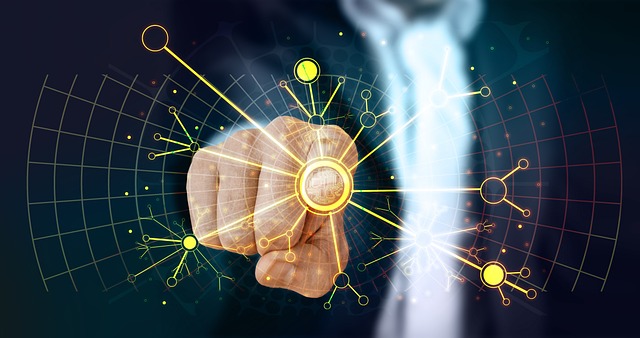Anxiety and depression are the most common mental disorders worldwide. There is a shortage of psychiatrists, so artificial intelligence (AI) has been integrated into a wearable device to provide mental health services.
The two problems with getting mental health help are finding a timely, professional provider, and patients who get professional help can't always get a consistent diagnosis process or good quality care. Many obstacles can prevent people from getting care, such as a lack of health insurance or money.
Common symptoms of anxiety
1. Specific phobias that may be related to animals or insects, such as spiders, are common.
2. Other common fears include storms, heights, needles, flying on an airplane or elevators are other common phobias.
3. Social anxiety with fear of being around other people or in social situations.
4. General Anxiety When there is general anxiety about many different things.
5. Excessive fear of separation from attachment figures or even objects.
6. Panic disorder has a sudden outburst of intense fear or discomfort.
Types of depression
Persistent depressive disorder involves a depressed mood that occurs almost daily for at least two years. Major depressive disorder is a depressed mood that may last for two weeks or come as one or more episodes. It is common for a person with an anxiety disorder to also suffer from depression or vice versa.
Artificial intelligence devices to detect depression
Wearable AI smartwatches will look similar to an Apple Watch or Fitbit, but smart glasses and smart bracelets can also be used. These devices can detect depression by listening to a person speak a few sentences. The words spoken are not as important as how the words are pronounced. Devices continuously record parameters such as
1. Blood pressure.
2. Temperature.
3. The level of oxygen in the blood.
4. Respiratory rate.
5. The electrical activity of the heart and brain.
6. Skin.
7. Physical movement.
Symptoms of depression and anxiety can be assessed from these parameters in real time using these devices. This technology is moving at an accelerated pace, and a shortage of skilled caregivers has created a need for automated, efficient, and real-time methods to analyze the large amounts of data collected by those who wear these devices.
These AI devices provide monitoring and analysis of patient health data, and these fundamental advances should lead to faster diagnosis and treatment of anxiety and depression. Artificial intelligence has the potential to help develop protective measures for vulnerable groups of people. Patients can obtain mental health services safely in their own personal living space, eliminating the possibility of anyone else knowing that the person is receiving care.
How can artificial intelligence help cure prosthesis?
Scientists at Stanford University analyzed how an AI-powered mental health telehealth platform, Youper, affected symptoms of depression and anxiety through AI therapy.
According to a press release, “This therapy model uses artificial intelligence to deliver timely interventions to help users practice emotion regulation skills anytime, anywhere using their smartphone.”
Youper's approach combines artificial intelligence with telehealth capabilities, encouraging patient engagement and augmenting mental health providers. Younper offers online medical visits and medication delivery, radically making mental health care accessible.
Genetic drug treatment
Research has validated OCD therapies based on targeting specific genes, providing more specific treatments. OCD affects between 1% and 2% of the population but often runs in families. Many OCd genes are still unknown.
In conclusion
The stigma associated with mental illness and its treatments has subsided somewhat, but it still exists in society. AI and telehealth provide privacy to a patient suffering from anxiety or depression who can benefit from an AI wearable device.
That's it for today. If you feel something useful, please share this with your loved ones, and don't forget to reveal your thoughts in the comment box. Or if you have any cool ideas or any questions, don't forget to share them by commenting. Until then, be happy, keep smiling, keep asking questions and please keep reading my articles. See you in the next article.

Comments
Post a Comment